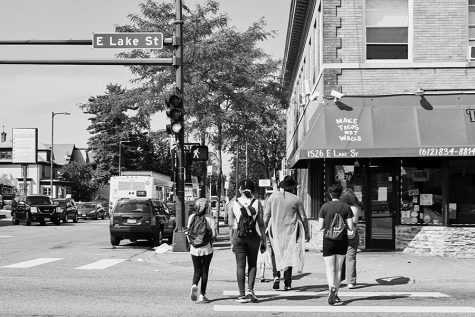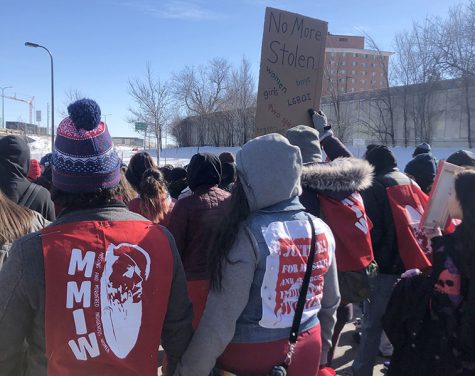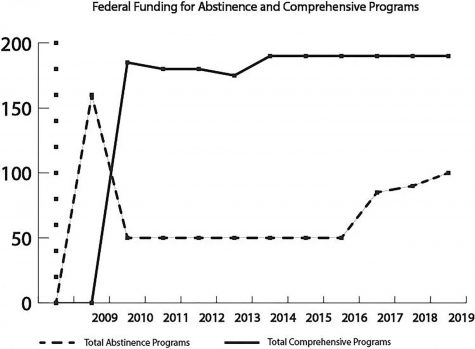Coming to a neighborhood near you: the 2040 plan
Depending on where you live, you might not be a stranger to those large, multi-story apartment buildings that seem to be popping up all over the city. And depending on your views, you might not like it, or maybe you do. Maybe you think that these new buildings are ugly and ruin a neighborhood’s character. Or perhaps you figure that housing is more important than aesthetic. Whatever your views, with the recent 2040 plan becoming reality, the debate about the importance of affordable housing, equity and equality, opportunity, and neighborhood character is bound to become even more heated.
Even though the 2040 plan is a hot topic right now, many people aren’t exactly sure what it is, or what it is trying to do.
The 2040 plan is an outline by Mayor Jacob Frey and for how the city of Minneapolis wants to develop over the coming years. The plan delves into many foundations of the city, including parks, culture, public facilities, and transportation.
One of the major focuses of the 2040 plan though, is the updated zoning code that aims to develop different areas of the city to be more equitable and have more amenities.
Minneapolis 2040 aims to create “complete neighborhoods,” which means that residents can live, work, and spend their leisure time, for the most part, in one area. A lot of the 2040 plan is aiming to achieve fairness and equality for Minneapolis’s current and future residents.
The current Minneapolis zoning code carries the presence of structural racism. When it was drawn up during the first half of the 20th century, it shaped where things were with a racial bias towards white people. Even though time has passed, the zoning code hasn’t changed much, and Minneapolis stands as one of the most inequitable cities in the nation.
“Minneapolis continues to have one of the largest achievement gaps in the country” said Macy Ashby, who teaches U.S history. “Schools are exceptionally segregated in Minneapolis, similar or more so than the 1950’s. Minneapolis has a long way to go in race relations, and I know that was one of the things the 2040 plan was dealing with.”
Many parts of the 2040 plan go hand in hand with its goal of increasing economic activity linked to its goal of promoting equity and visa-versa. But not only does the the 2040 plan aim to create a fairer city, it also aims to create a greener city.

Pictured above, a map of Minneapolis showing the proposed zoning. The outer margins of the city would be allowed to have up to three families per lot, the larger center area would allow new housing, and the central business district would allow the highest density housing.
“The thing I like most about the 2040 plan is its focus on sustainability and taking a step towards a greener city” says senior Emily Davidson. “And Minneapolis is already a pretty green environmentally friendly city, but I think 2040 has more leaps and bounds towards that, its supposed to help the city with better transportation and making it more bike and walk friendly,” Davidson continued.
Another feature of complete neighborhoods, for example, is easier transportation. By having elements necessary to urban life all within relatively close range, the need for automobiles is reduced, and instead one can rely on bussing, biking, or even walking.
The updated zoning code also encourages more development along transit ways, thus making access to public transit a more viable option.
The 2040 plan also aims to put a park within a ten minute walk for every Minneapolis resident.
However, there are many who are opposed to Minneapolis 2040. The things that are causing most of the backlash against it are the plans to deal with the city’s ever worsening housing situation.
“One of the things is to have fourplexes allowed almost everywhere in the city,” noted Davison. “And the bulldoze 2040 doesn’t want that because they’re afraid developers will come and tear down houses in neighborhoods to build fourplexes, but that’s unfair to people who need sustainable and affordable housing.”
Indeed much of the opposition to the plan is due to its allowance of multi-family homes in areas that have been traditionally single family units.
Minneapolis 2040 aims to accommodate a growing population by rezoning areas, so that duplexes, triplexes, and fourplexes can be built among regular houses. The plan also allows for more high-rise apartment buildings, particularly along transit lines.
One of the important qualities that Minneapolis 2040 wants to emulate is mixed income housing. Equity and Diversity coordinator Alex Endeshaw explains what exactly this term means. “Essentially the idea is that if everything is mixed up, and you can’t say ‘this is an area we need to protect to promote the status quo,’ if we have full neighborhoods where you have affordable housing, you have high finance housing, and you have subsidized housing, all within generally the same area, now police have to be everywhere, not only in the ‘bad’ neighborhoods, subjugating people of color.”
Criticism of the plan doesn’t just come from those on one side on the issue though. There are many who argue that the 2040 plan doesn’t actually go far enough to create a sustainable city, and that the efforts to expand things like affordable housing fall short of what is actually required.
Unfortunately for those who want the 2040 plan to go farther, the opposition against it has been very vocal and organized.
Over the course of several months, those opposing the plan have helped change the plan to lessen the amount of non-single family homes that can be built in certain areas, therefore stifling the envisioned density of a future Minneapolis.
Among many who want Minneapolis 2040 to further, the plan still represents much needed progress. “Anytime we’re talking about changes and improvements, its never gonna go far enough” said Ashby. “We’re so far behind the 8 ball right now that there’s so much that needs to change that any one plan isn’t gonna be able to change things enough.”
Despite revisions, the 2040 plan is still set to guide development in Minneapolis for the coming years. Time will tell whether the 2040 plan will live up to all the benchmarks it sets for itself.

Elliott Askari-Rabe is joining the Southerner for his first year and we are so excited to have his profound knowledge of politics and literature. Askari-Rabe...

Henry Holcomb is a senior at South and is the Features Editor for the Southerner. In his third year on the Southerner, Holcomb is excited to be involved...


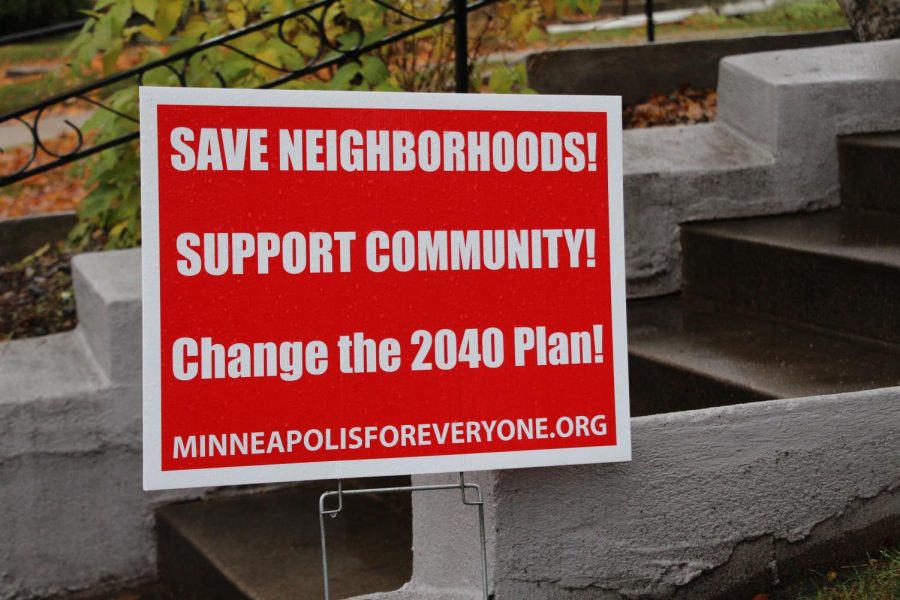



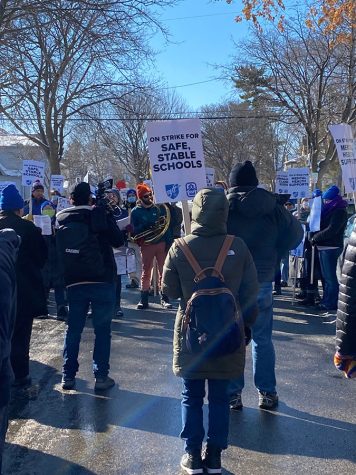
![MPS has contracted a software company called Gaggle to monitor student accounts and writing to identify possible signs of suicide ideation, self-harm, harm to others, signs of depression, exploitation, or bullying. “I would feel comfortable saying that we’ve saved some lives with what we’ve done with [Gaggle],” said Jason Matlock, the Director of Emergency Management, Safety, and Security at MPS.
However, many students are unsure of what Gaggle does or unaware that it even exists. Aesha Graffunder, a sophomore at Roosevelt said, “I see little to no problem with Gaggle itself, its purpose is to provide schools with information that can help protect students. I see way more of a problem with school administrations and how they handle the flags they get from Gaggle.”](https://www.shsoutherner.net/wp-content/uploads/2021/03/computer-2-475x317.jpg)
